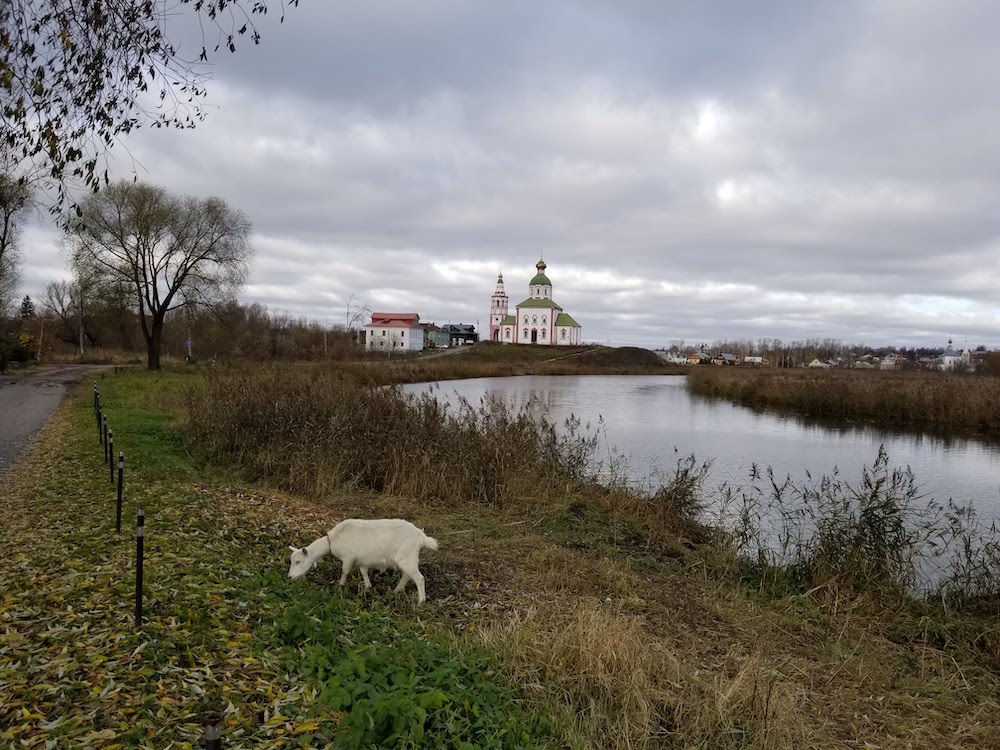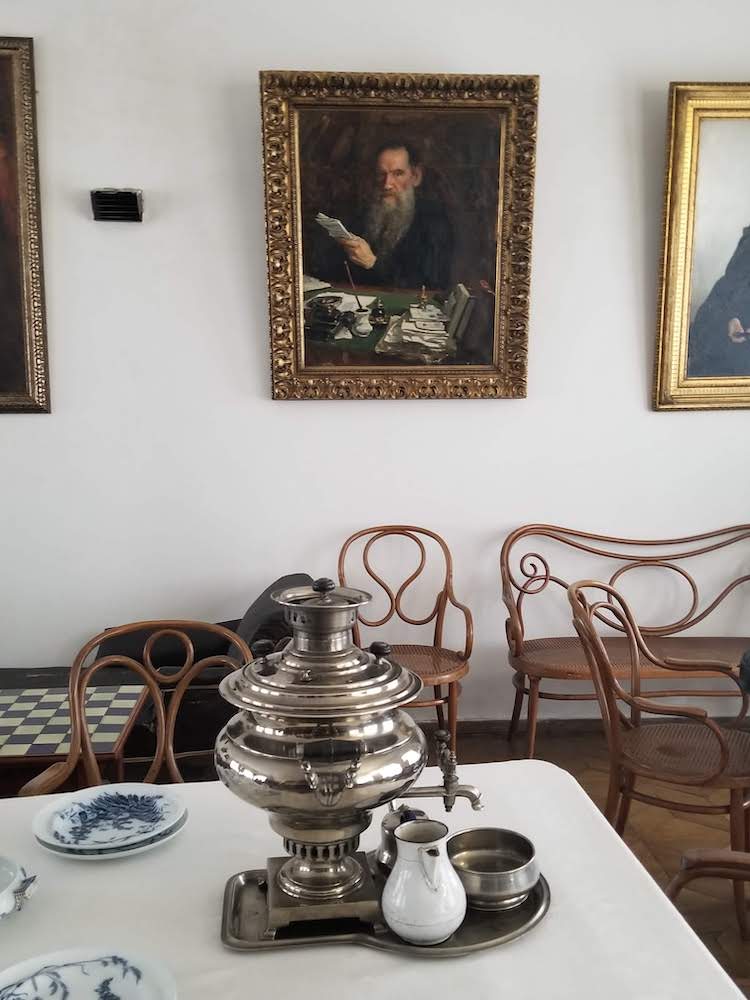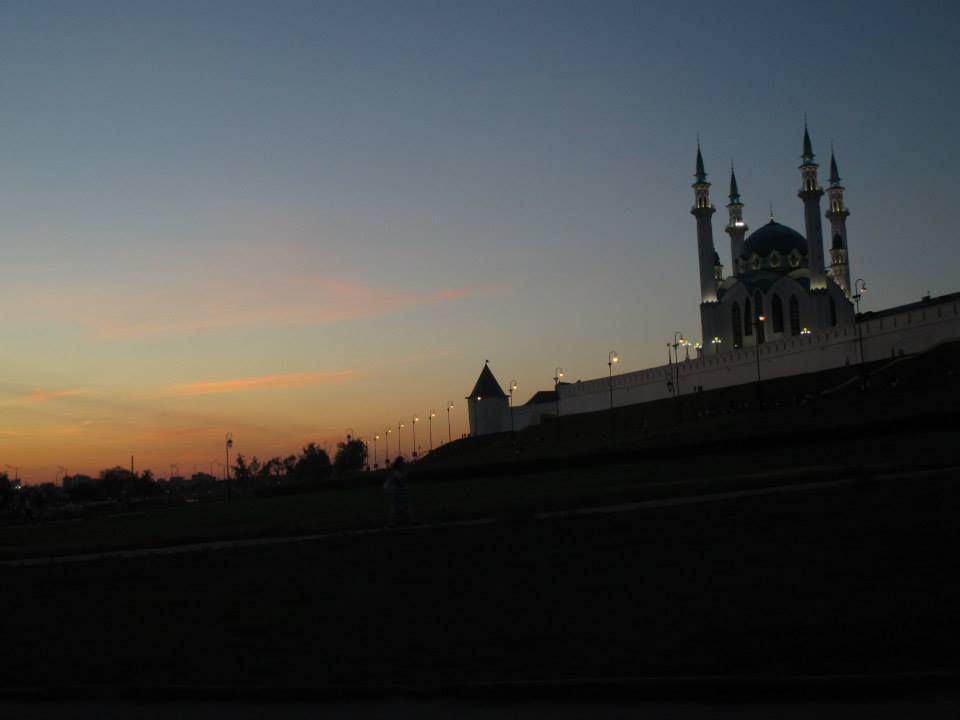Russia is the world’s largest country, but most visitors confine themselves to a tiny portion of it: Moscow and St. Petersburg.
While both of those cities are absolutely worth a trip, or several, they do give off the impression that Russian history is a story of all-powerful tsars, leaving only hazy images of the taiga (snow forest biome) and quaint peasant life from landscapes in art museums and folk shows in “traditional” restaurants.
The truth is, Russia is far more diverse than most people think. Thanks to the concentration of different ethnic groups in particular regions, it’s possible to experience a great variety of cultures while traveling around Russia. From a traveler who has journeyed Russia extensively, it’s best to plan your trip around traditions, food, history, or the natural world and get off the beaten path.
Here’s just a taste of what awaits indie travelers outside of St. Petersburg and Moscow:
In Kazan, the well-off capital of the Republic of Tatarstan, travelers can taste honey-coated sweets like chak chak during a tour of the Tatar Neighborhood Museum. Ulan-Ude, home of the Buryat people, trades church candles for Buddhist prayer flags. The Northern Caucasus is diverse in and of itself, and you will immediately hear a new language as you squeeze into your first marshrutka (mini-bus), preferably destined for the mountains.
For those interested specifically in Russian traditions, a trip to Suzdal is the perfect opportunity to admire brightly colored and intricate windows, roaming goats, and whitewashed monasteries, while visiting the open-air Museum of Wooden Architecture to learn about the reality of peasant life prior to the revolution.

To understand the roots of Russian history, visit Great Novgorod, which in the 800s CE was a democratic city-state, from whence the warring Slavic tribes of ancient Rus invited the rule of the Finnish prince Rurik to bring order to their territory.
Russian political culture, however, was truly born when the princes of city-states competed for the title of Preeminent Vassal to the ruling Mongols, in the form of permission to rule the capital, Vladimir. You can learn about this period in the city’s golden-domed churches or as painted on gingerbread at the Gingerbread Museum – take your pick.
For exploring the roots of the current Russian Federation, no place can compete with Yekaterinburg, a city still forming with the hope and color of the late Soviet period. Yekaterinburg is home to the immersive Yeltsin Center, which freezes the career of Russia’s first president in time.
Tourists drawn by Russia’s world-famous literary tradition will find much of note outside the imperial and modern capitals as well.
Russia’s first novel, A Hero of Our Time by Mikhail Lermontov, is based in the Northern Caucasus. In and around Pyatigorsk, you can walk in the main characters’ steps along faded imperial buildings where balls were held and up to the hillside locations of duels, and even sample the natural mineral waters they drank.
Arguably Russia’s most famous novels, War and Peace and Anna Karenina were written among birch trees at Lev Tolstoy’s quiet estate outside of Tula, where you must go to understand Tolstoy’s ideal peaceful and engaged landed nobility life as envisioned in the novels. Perm, a city in the Ural Mountains that is characterized by a provincial sense of far-away-ness, is the probable location of both Anton Chekhov’s play Three Sisters and Boris Pasternak’s novel Doctor Zhivago.

A portrait of Tolstoy in his house near Tula.
Russia’s natural beauty goes far beyond pine forests and bears. Russians, especially Siberians, are so self-aware of this stereotype that they have brought it up to me independently many times. Russia is also home to Baikal, the largest freshwater lake by volume in the world, beautiful either covered in ice or rimmed by wildflowers.
Surprisingly, what doesn’t usually freeze over is the Arctic harbor in Murmansk, where you can experience the Northern Lights.
The Far East boasts oversized ferns and mystical mist, especially on the nearly-untamed Russky Island outside of Vladivostok. For those without the resources to get that far, even an autumn day trip outside of St. Petersburg to the parks of Pavlovsk is worthwhile.
 An ice-bathing house in Murmansk.
An ice-bathing house in Murmansk.
If you do have the time to get further North, South, or East, crossing long distances by train – Russia’s primary mode of transportation – is just as much of an iconic experience as the destinations themselves.
Read The Trans-Siberian Railroad from Beijing to Moscow.
You’ll have the opportunity to finally interact with those grandmothers (babushki) you see everywhere, observe cultural habits such as bare-foot-phobia, appreciate the birch trees and chicken-dense villages outside your window, and feel connected to so much of Russian history and literature related to the rails. Figure out how to book the best seat, go grocery shopping and more in my article on tips for Russian train travel.
 The Kol Sharif Mosque in the Kazan Kremlin.
The Kol Sharif Mosque in the Kazan Kremlin.
Traveling throughout Russia is generally very safe, including as a solo woman. Take into account the normal precautions you would anywhere in the world.
- Political tensions between Russia and the West will likely not affect you, besides perhaps a few people asking how you feel about Trump.
- If you see a protest, walk in the opposite direction for the protesters’ sake, so that no one can dismiss their actions as a result of foreign influence.
- People who look like they could be from the Caucasus or Central Asia (tanned skin, dark hair, beards) may get extra police attention, so don’t jaywalk. Regardless, Russian driving is bad enough and fines can be unpredictable enough that jaywalking is not recommended.
- LGBTQ+ travelers may prefer to present as straight outside of large cities to avoid unwanted attention.
There is so much outside of St. Petersburg and Moscow that deserves attention, beyond what can be captured in a single article or a single traveler’s experience, even from one who has crossed Russia from the snow of the Arctic to the snow of the Caucasus Mountains, from touring the historic Kremlin in the Western border town of Pskov to exploring historic defensive fortifications overgrown with wildflowers in Vladivostok.
Even if you go to a Russian destination seeking something concrete like culture, history, literature, or nature, you’re likely to stumble across other things that will make you just plain happy. One of my personal favorites was the series of adult swing sets throughout Krasnoyarsk.
The expectation-defying glee of swooping through the crisp Siberian air is exactly the feeling that anyone planning a Russian trip should have: pick whatever strikes your fancy, instead of feeling restricted to the well-trodden grounds of Moscow and Petersburg.
Ready to start planning your trip? Dive into the Russia Indie Travel Guide.